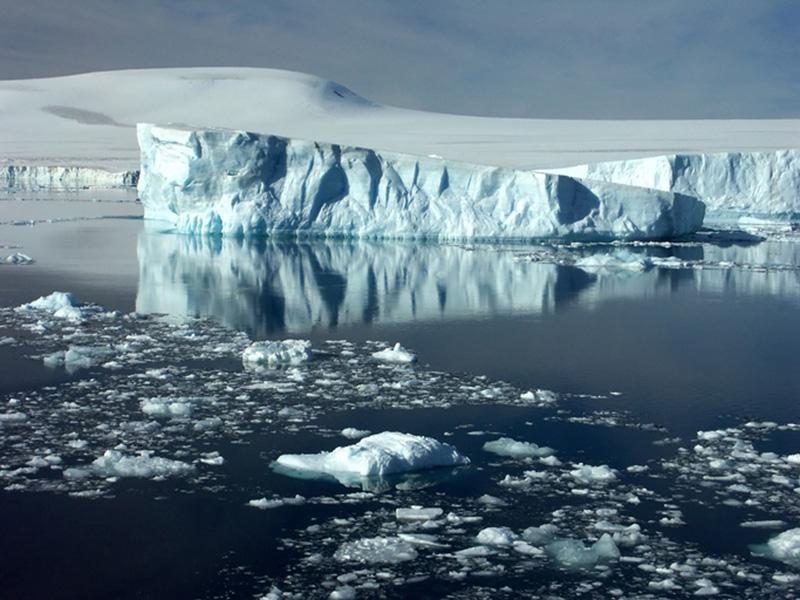
Water Conservation: 7 Simple Ways to Save Water at Home and in Your Business
Water is one of our most precious resources, yet it is often wasted without thought. ...

A recent research demonstrated how carbon release from the deep sea sea may rise as the climate warms over a striking correlation between global ocean oxygen contents and atmospheric CO2 from the last ice age to today.
A team of scientists led by a Tulane University oceanographer has found that deposits deep under the ocean floor reveal a way to measure the ocean oxygen level and its connections with carbon dioxide in the Earth’s atmosphere during the last ice age, which ended more than 11,000 years ago.
The study helped explain the role oceans played in past glacial melting cycles and could improve predictions of how ocean carbon cycles will respond to global warming.
Oceans adjust atmospheric CO2 as ice ages transition to warmer climates by releasing the greenhouse gas from carbon stored within the deep ocean.
“The research reveals the important role of the Southern Ocean in controlling the global ocean oxygen reservoir and carbon storage,” said Yi Wang, lead researcher and an assistant professor of Earth and Environmental Sciences at Tulane University School of Science and Engineering. Wang specializes in marine biogeochemistry and paleoceanography.
“This will have implications for understanding how the ocean, especially the Southern Ocean, will dynamically affect the atmospheric CO2 in the future,” she said.
Wang conducted the study with colleagues from the Woods Hole Oceanographic Institution, the world’s leading independent nonprofit organization dedicated to ocean research, exploration and education. She worked for the institute before joining Tulane in 2023.
The team analyzed seafloor sediments collected from the Arabian Sea to reconstruct average global ocean oxygen levels thousands of years ago. They precisely measured isotopes of the metal thallium trapped in the sediments, which indicate how much oxygen was dissolved in the global ocean at the time the sediments formed.
“Study of these metal isotopes on glacial-interglacial transitions has never been looked at before, and these measurements allowed us to essentially recreate the past,” Wang said.
The thallium isotope ratios showed the global ocean lost oxygen overall during the last ice age compared to the current warmer interglacial period. Their study revealed thousand-year global ocean deoxygenation during abrupt warming in the Northern Hemisphere, whereas the ocean gained more oxygen when abrupt cooling occurred during the transition from the last ice age to today. The researchers attributed the observed ocean oxygen changes to Southern Ocean processes.
“This study is the first to present an average picture of how the oxygen content of the global oceans evolved as Earth transitioned from the last glacial period into the warmer climate of the last 10,000 years,” said Sune Nielsen, associate scientist at WHOI and co-author of the research. “These new data are a really big deal, because they show that the Southern Ocean plays a critical role in modulating atmospheric CO2. Given that high latitude regions are those most affected by anthropogenic climate change, it is troubling that these also have an outsize impact on atmospheric CO2 in the first place.”
اترك تعليقا